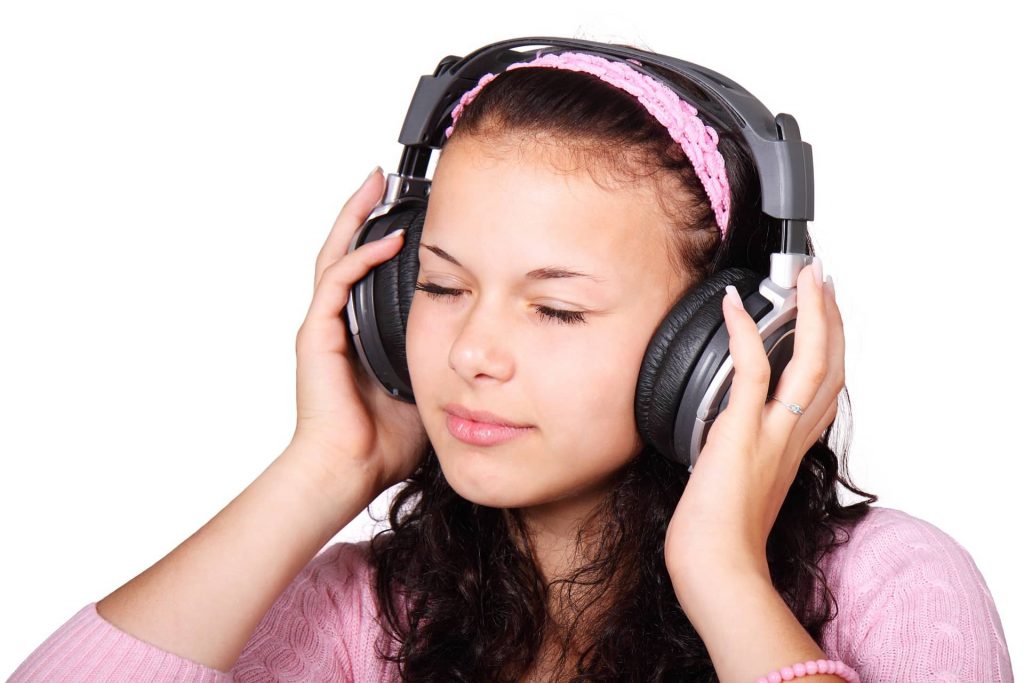Written by Lauren Young

Image by PublicDomainPictures from Pixabay
According to the National Survey of Student Engagement (NSSE), many college students fall short of the suggested two hours of studying for every one hour of class time. On average, respondents spend only 14.7 hours of studying per week [1]. This shortage doesn’t necessarily mean that students don’t want to study; it could be because they simply do not have enough time. The real question, therefore, is: what are some small alterations they can do to get the most out of their limited studying time? Passing through the library, I see an even ratio of about half the students delved into their studies, while another half is doing the same thing but with one specific difference: earphones. Are the students with earphones presumably listening to music or the ones in complete silence learning more efficiently?
To answer this question we must first examine the effect of listening to music on the brain. Using positron emission tomography (PET), it has been reported that “music listening causes physiological changes in cerebral blood flow, cardiovascular and muscle function, and enhanced dopamine secretion in the human brain [due to up-regulated genes]” [2]. Additionally, music helps with stress regulation because of the increased glucocorticoid receptor, NR3C1.
The University of Wales has performed a study showing that the performance recall for those that studied in quiet areas and steady states were significantly higher than when studying in music conditions and changing-states. They conducted an experiment in which participants were tested on their memory recall when listening to no music, liked music, disliked music, changing-state speech (a variety of words looped over), and steady state (one word looped). There was a significant difference between no music and music, there does not seem to be a significant difference in recall between liked and disliked music [3].
Despite this study showing the negative effects, it also notes that listening to music while doing mental arithmetic and letter-number sequencing does not have much of an impact compared to recalling information. In Chris Broyd Brewer’s Music and Learning, he promotes integrating music in the classroom through active learning, focus and alpha state learning, and memorization. Active learning involves learning the information physically through movement related activity, focus and alpha state learning incorporates rhythms to attain deep concentration, and memorization improved memory through melody, rhythm and rhyme. There are also two different types of concerts that can be produced: active and passive. For the Active Concert, it “activates the learning process mentally, physically, and/or emotionally while the passive concert is geared to place the student in a relaxed alpha brain wave state” [4].
Ultimately, it is up to the individual to determine the effect of music while studying because it varies from one person to another. However, music can build attitude, attention, atmosphere, and personal expression.
References:
1. McCormick, A. 2011. It’s about Time: What to Make of Reported Declines in How Much Time College Students Study. Liberal Education. 97: 1.
2. Kanduri C., Raijias P., Ahvenainen M., Philips A., Ukkola-Vuoti L., Lahdesmaki H., Jarvela I. 2015. The effect of listening to music on human transcriptome. Peer J: e830.
3. Perham, N. and Vizard, J. 2010. Can preference for background music mediate the irrelevant sound effect? Cognitive Psychology. 25: 625-631.
4. Brewer, C. 1995. Music and Learning: Integrating Music in the Classroom.